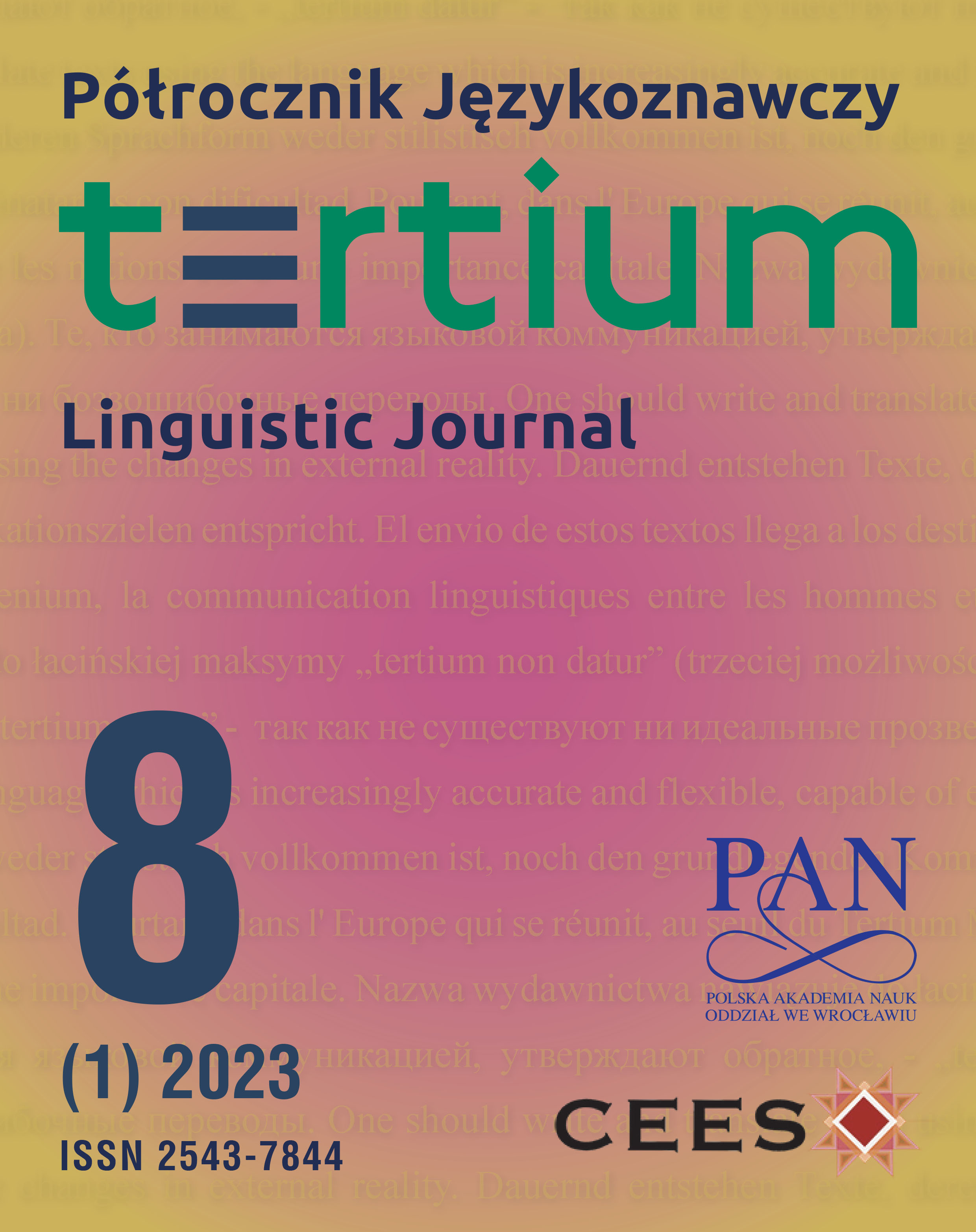Pathos Configuration in the War Crisis Discourse.
A Case Study
Pathos Configuration in the War Crisis Discourse.
A Case Study
Author(s): Gabriela StoicaSubject(s): Sociolinguistics, Russian Aggression against Ukraine
Published by: Krakowskie Towarzystwo Popularyzowania Wiedzy o Komunikacji Językowej Tertium
Keywords: emotions; pathemisation; rhetorical-argumentative strategies; endoxical knowledge; victimisation discourse;
Summary/Abstract: The paper deals, in broad terms, with the discursive functioning of emotions; it proposes acase study: the analysis of the pathemic configuration of the speech delivered by presidentZelensky in the joint meeting of the US Congress, on March 16th 2022, within a war crisiscontext, intrinsically affectively marked. The analysis is set within a rhetorical-argumentativeframework, considering the discursive appeal to emotions as a form of “subjectiverationality” (Charaudeau 2000), and it aims to highlight the strategic, emotive structuring ofthe discourse, by means of various intertwining mechanisms of emotional elicitation, withconstant reference to the audience’s endoxical profile. As pointed out by the analysis, certaintypes of (implicit) emotions (sharing a highly active-motivational dimension) are particularlyappealed to: basic intensive emotions, such as anger or fear and, especially, sociomoral (botheuphoric and dysphoric) emotions, such as pity/compassion, (national) pride, gratitude,admiration, or shame/guilt. Their presence in the speech demarcates a discursive scenario,which supports its main persuasive goal: to obtain the audience’s adhesion to the speaker’sviewpoint, as well as to mobilize a future concrete extra-discursive (re)action.
Journal: Półrocznik Językoznawczy Tertium
- Issue Year: 8/2023
- Issue No: 1
- Page Range: 99-124
- Page Count: 26
- Language: English

